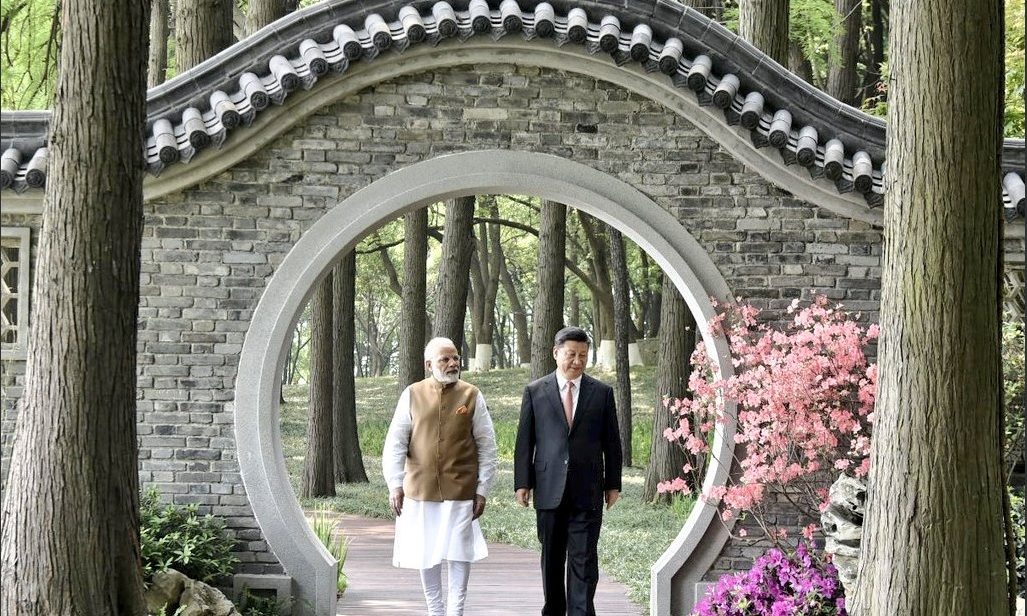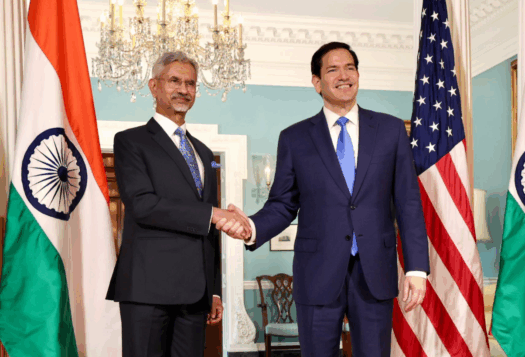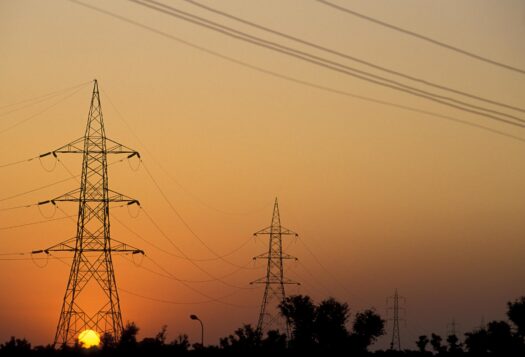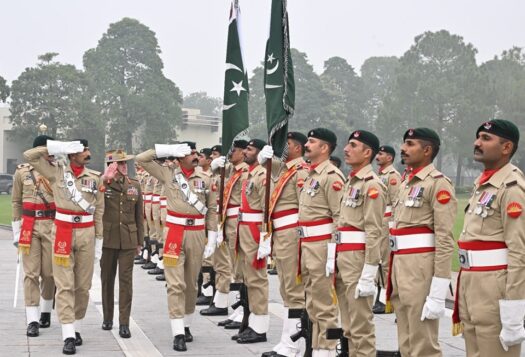
Coming less than a year of India-China relations nosediving as a result of the Doklam standoff, the two-day “informal” summit between Prime Minister Narendra Modi and President Xi Jinping in Wuhan on April 27-28 has led to an avalanche of analyses on the substance of the meeting and what it really means for the future course of the relationship. The Wuhan summit was intended to be the first major opportunity for the two countries to “reset” ties at the highest levels after a particularly tumultuous year for bilateral ties defined by the Indian and Chinese militaries facing off for 73 days on the disputed Doklam plateau lying at the trijunction of India, Bhutan, and China. And while the friction that has accumulated between India and China over six decades cannot be resolved over one summit, the meetings offered a platform for the leaders to deliberate on a range of issues undercutting the relationship between the two biggest Asian powers. However, the outcome of the summit is not as important as the moment of sobriety it foretells for the bilateral relationship. Hopefully, the coming months will see a more durable and mature management of the complex dynamics of competition and cooperation that underpin the India-China relationship.
Prime Minister Modi laid down five “positives” characterizing the India-China relationship as soch (thinking), sampark (contact), sahyog (cooperation), sankalp (determination) and sapne (dreams). While President Xi made his optimism regarding the summit known even before it began in earnest and stressed that the problems between the two countries are limited and temporary and that the two countries are the “backbone of the world’s multipolarization and economic globalization.” These statements indicate an effort on both sides to steer the international and domestic focus away from the contentious issues in the relationship, and avoid further derailment.
The time is right for New Delhi to reassess its strategic priorities and consider whether it can afford to maintain an outright adversarial approach towards China.
While the details of the discussions between the two leaders, spanning nine hours, have not been made public, the post-visit statements by Indian and Chinese officials indicate fruitful discussion on vital issues, including China’s contentious Belt and Road Initiative (BRI). Chinese Vice Foreign Minister Kong Xuanyou confirmed that China will not force India to join BRI. This needs to be understood in the backdrop of India being the only one to not endorse BRI in the Shanghai Cooperation Organization (SCO) Foreign Ministers meeting which concluded a few days before the Wuhan summit. In agreeing to disagree over BRI, both countries seem to have found a way to not let political differences come in the way of possible areas of cooperation.
The summit was also marked by some important policy directions provided by the two leaders. According to Indian Foreign Secretary Vijay Gokhale, Modi and Xi agreed to provide strategic guidance to their respective militaries to strengthen existing communication mechanisms and build trust to improve peace along their shared border. What further signaled a reduction in distrust between the two sides was an announcement to collaborate on an economic project in Afghanistan.
As India considers the opportunities and challenges that China’s rise presents, the geopolitical context in which the summit took place may be more important than the outcome itself. Some analysts have commented on how the reset will benefit both countries, and it cannot be denied that India needs to expand its foreign policy options vis-à-vis China. Despite India’s apprehensions regarding China’s increasing influence in its South Asian neighborhood, Beijing’s ability to shape preferences using its economic largesse leaves New Delhi with limited leverage in its own backyard. Moreover, its traditional “friend” Russia has started to realign its Afghanistan policy to be closer to that of China and Pakistan and evolved a “non-committal“ stance on the Kashmir conflict. In addition, despite the initial enthusiasm, the development of Indo-U.S. defense ties has again been bogged down by procedural issues and lengthy negotiations. Even Japan, which has had mounting tensions with China in recent years, has shown willingness to selectively participate in BRI projects.
The time is right for New Delhi to reassess its strategic priorities and consider whether it can afford to maintain an outright adversarial approach towards China. It is prudent for India to selectively align itself, even with China. The challenge lies in finding and recognizing the overlapping areas of interests where India and China can negotiate a win-win outcome and the Wuhan summit should be leveraged in that direction.
***
Image: MEA India via Twitter


